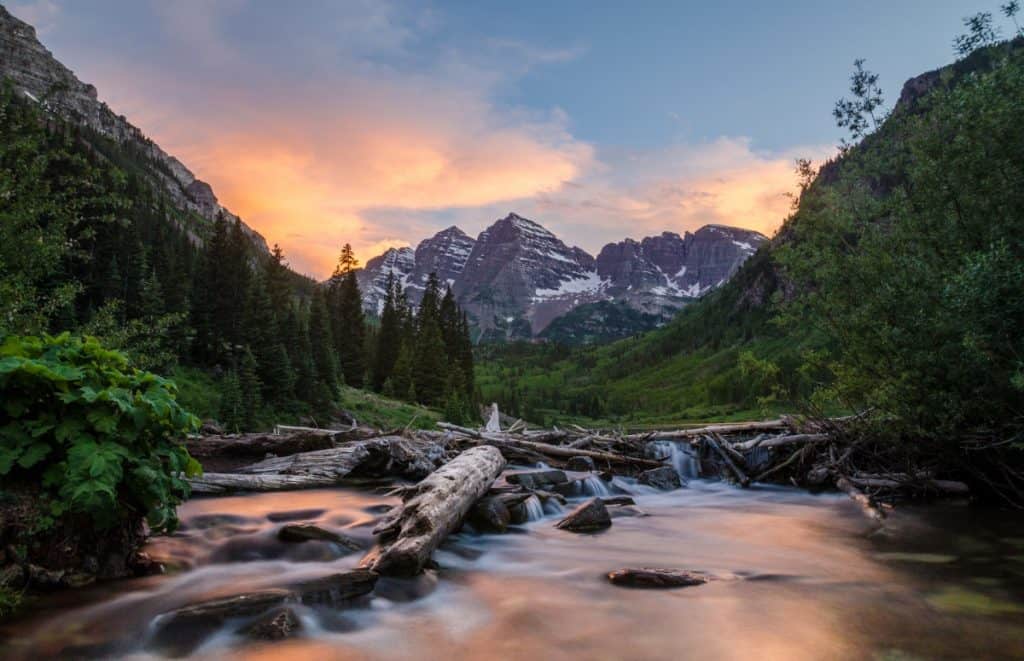
I’ve been thinking about why National Parks get such good press (e.g. America’s Best Idea)(check out this essay that suggested that the Emancipation Proclamation might have been America’s Best Idea ;)) , and the BLM and Forest Service, not so much. In terms of federal public land, BLM and the Forest Service make up (according to this document) 439,018,000 acres . While documents like this one by the BLM say that the Park Service has 83 million acres, back to this “by state” document, it appears that the Park Service has 194 million acres. All this is very confusing. Does anyone know one document that is complete and accurate?
In this helpful blog post by the Department of the Interior, they make the claim that the National Wildlife Refuges are “America’s Best Kept Secret.” Which is kind of ironic, because on the blog post, their own Department doesn’t mention BLM multiple use lands.. which are the very lands that make up the greatest number of acres, and probably most people use. I guess if they are not the “Best Kept Secret, they must be the Interior version of “Public Lands on the Down Low.”
I think it could be argued that taking more than 1/8 of the land area and making it available for public use for the people of the United States was also a Very Great Idea. However, Pinchot’s ideas and the way the BLM got the land are different, so they weren’t actually the same Idea. Nevertheless, here we are in 2017 and the MUPLs (multiple use public lands), although fraught with controversy (but Parks have those also?) still provide most of the recreation, as well as a variety of other uses that contribute to the well being of people and communities. It sounds crazy, right? Taking huge chunks of the country and putting them in the public estate, and having people more or less get along in deciding what to do with them, and which uses are to be favored where, and even which areas are to be set aside for a few uses or to remain “natural”. Perhaps Multiple Use Public Lands were America’s Most Socialist Idea, or Craziest Idea or.. you can see I’m looking for ideas about the Idea.
Comments and suggestions encouraged:
- Where to get the correct acreages by state in one place.
- Are large amounts of Multiple Use public land the “” Idea? Your opinion.
- If you know acreages of public land in other countries, especially with similar kinds of management, that would also be helpful.
Check out the data in this May 2017 Congressional Research Service report on Federal Land Ownership. https://fas.org/sgp/crs/misc/R42346.pdf. The BLM multiple use concept (borrowed from USFS) was a Congressional creation in the 1970s, the era of environmental legislation. Not exactly socialism, more like an unresolved compromise between “State” ownership and private enterprise is my take. The Public Land Law Review Commission reports shows that pretty clearly.
Thanks, Rebecca! This is a very helpful and current document. And I do need to review the Land Law Review Commission report (years ago I reviewed it because U of Colorado Law hosted a session on redoing it.)
It was also interesting that the CRS had a section on “protection and use” a) which doesn’t mention fire management at all and b) has an odd way of talking about “localities and states” and “national” benefits. Who is buying the wood products? Where is the coal going? Where do the backpackers come from?
Having spent last summer with weekly hikes in the Collegiate Range, I would have to say most of the people I ran into on the Colorado Trail and at Cottonwood Pass were not “local.” Not to speak of the numbers of skiers coming into Denver airport each winter (are ski areas a “national good”?)
IMHO that array of local and national benefits is just odd. Downstream water, say from the Colorado goes to specific states and to Mexico, not exactly “nationally.” So there are really local, state, regional and national goods.. some we don’t know.. like “where is that coal going to go? (depends on markets)”, some we do , like water compacts, and some we can estimate “if 50 percent of the people staying at x campground were from out of state but within region in 2012-2016, then….”
Not to pick on the CRS, they do many different things, and they have to use a broad brush. But at my nit-pickiest, I think it’s important to think clearly about “national interests” . I’ve been exploring how the idea of “nationalizing” management can lead to suboptimal outcomes.
Rebecca’s link is a good one. Also I’ve found that –
https://www.fs.fed.us/land/staff/lar/LAR2011/LAR2011_Book_A5.pdf
is extremely useful. While a little old has a lot of good detailed stuff on land by congressional district,”special” lands (wilderness, grasslands, Rec.lands, etc.)
Chile has about 14 million acres (about 19% of the country) in “protected land”. mostly in national parks. As I recall, when I was there with the Peace Corps in the 1950s, the emphasis was on fire protection. The PC, its volunteers and Country Directors would be a good source of unbiased, realistic data on what’s happening in less developed countries, if someone was inclined to delve into country development and public land management.
.
Thanks, Mac! I wonder if there’s a book somewhere “Multiple Use Around the World: Triumphs and Tragedies” or some such thing.